Environmental groups sue to stop Ohio from leasing state parks for oil and gas drilling
Four environmental groups are suing to stop a new law requiring Ohio to accept private petitions to drill for oil and gas underneath state parks.
House Bill 507, which Republicans passed in the final days of the last legislative session, changed Ohio's code to require rather than authorize state agencies to lease the lands they own for oil and gas development. And it directed the Oil and Gas Land Management Commission to develop a set of rules for applications.
Opponents called the move a "dirty industry power grab." Proponents said the change forced state agencies to finally fulfill the intent of a law passed a decade ago legalizing these kinds of leases.
But the main legal objections in the lawsuit filed Thursday centered around how HB 507 became law and how the commission has written those rules.
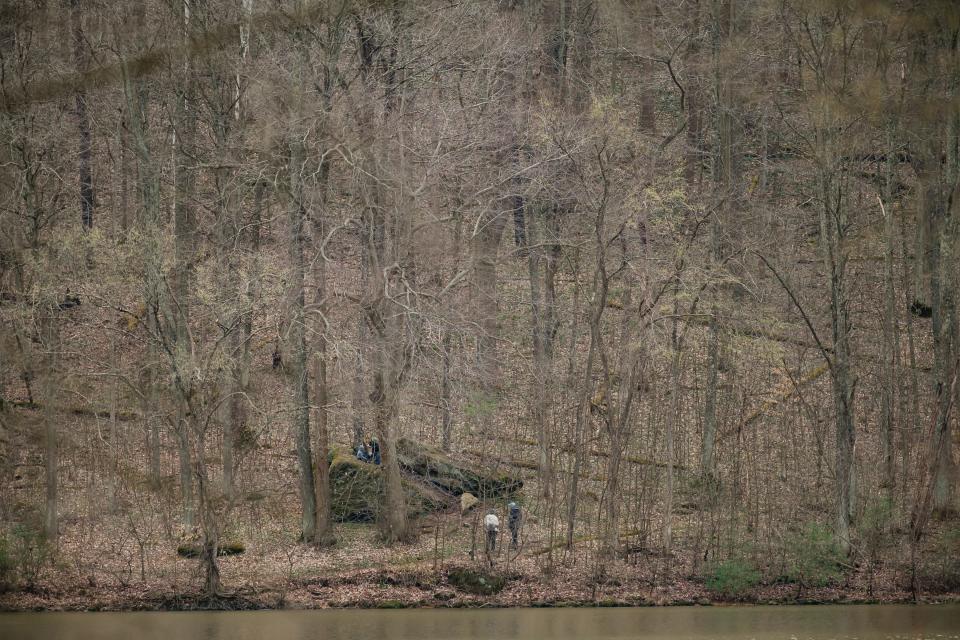
Three chickens and a state park
The bill requiring state agencies to lease their lands started out as a proposal to reduce the minimum number of baby poultry (chickens, geese, ducks, etc.) that can be legally purchased at one time.
Ohio had required people to purchase six, but the sponsors of HB 507 wanted to lower that number to three, saying it would make it easier for suburban and urban children to raise them for groups like 4-H.
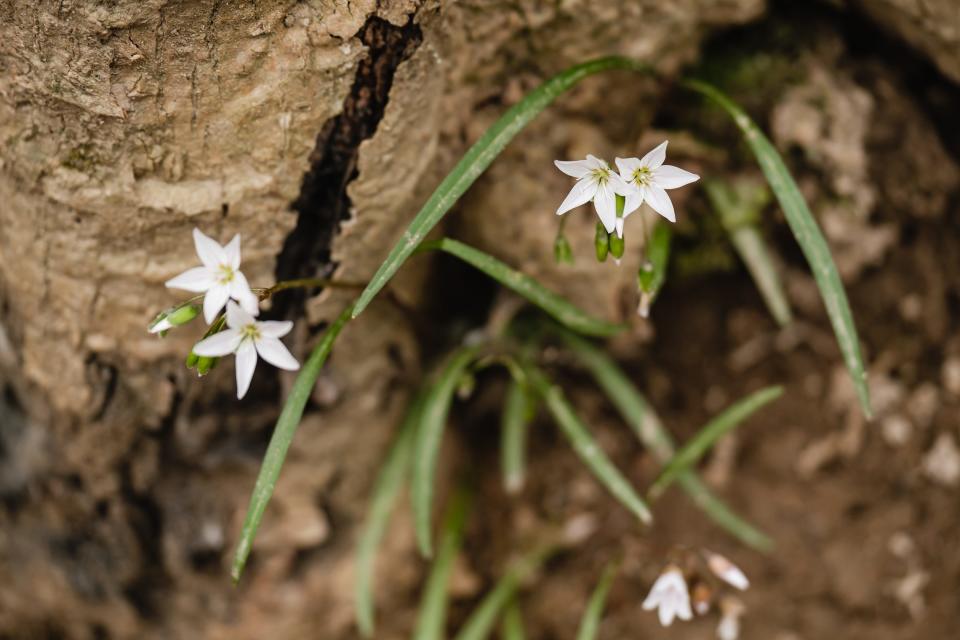
But by the time the legislation reached Gov. Mike DeWine's desk, it included a prohibition on local governments banning pesticides registered with the Department of Agriculture, changes to Ohio's canning and bottling laws, a definition of green energy that included natural gas, and the shift from "may" to "shall" when it came to writing leases for state parks.
"This has become the ultimate Christmas tree of a hot mess," Rep. Juanita Brent, D-Cleveland, said at the time.
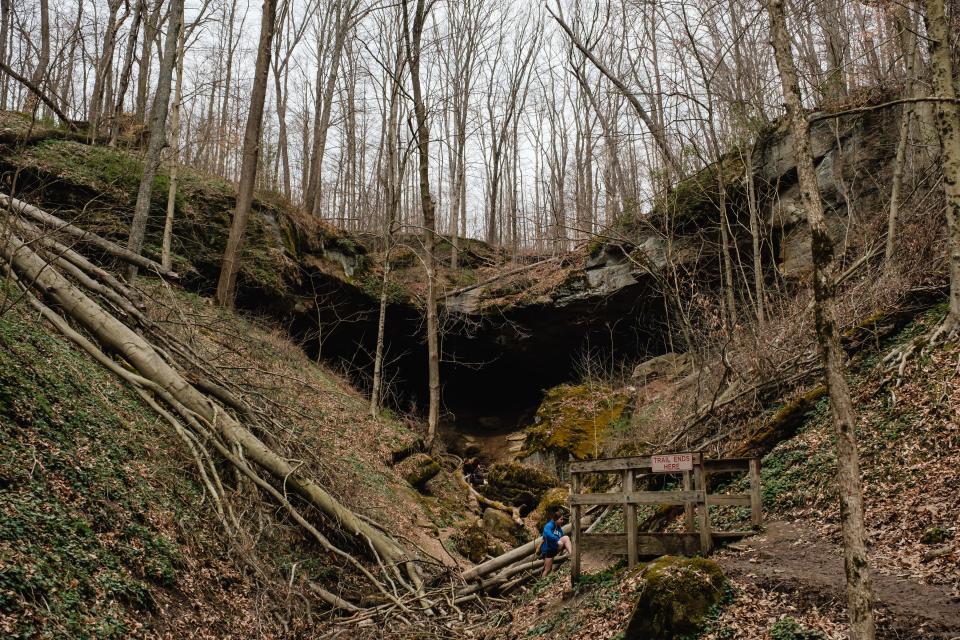
The Ohio Environmental Council, Ohio Valley Allies, Buckeye Environmental Network and Sierra Club agreed.
Their lawsuit, filed in Franklin County Court of Common Pleas, says HB 507 violated two provisions of the Ohio Constitution: Article II, Section 15(D) says bills must only "contain one subject that is clearly expressed in the title." And Article II, Section 15(C), requires three considerations of any changes "that vitally alter the substance" of legislation.
The final version of HB 507 had one consideration in both the House and Senate that didn't include public testimony.
“We as Ohioans deserve to have our voices heard when the future of our state parks is on the line," Nathan Johnson, attorney and public lands director for the Ohio Environmental Council, said in a statement.
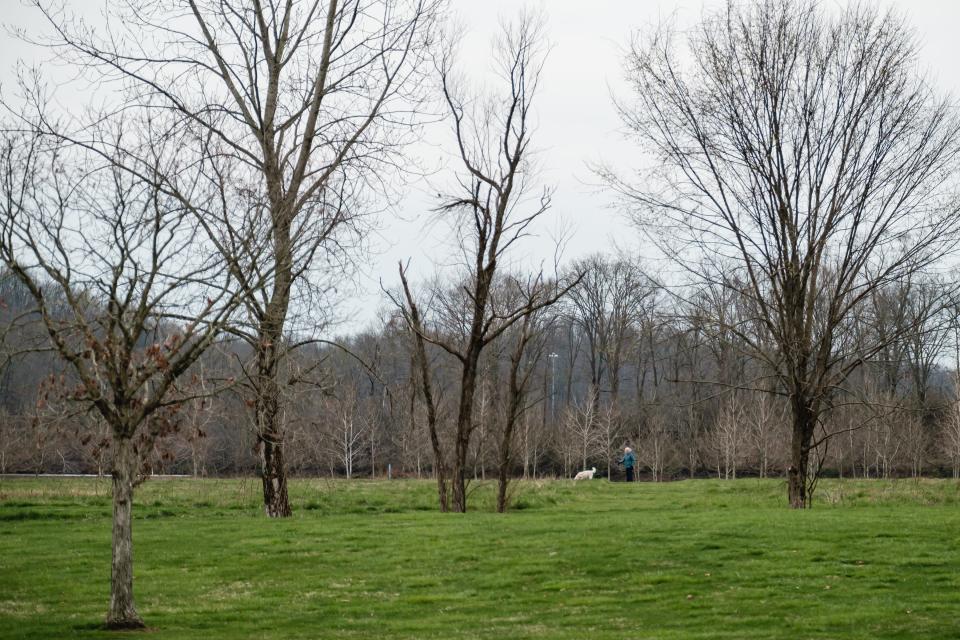
No rules, no leases
HB 507 is set to go into effect Friday, but the commission hasn't finalized its rules for the application process.
That worries all four plaintiffs because they believe the effective date coupled with the mandatory leasing requirement "creates a period of unknown duration during which Ohio state agencies will be forced to lease public lands for oil and gas development" without clear rules.
Rules like public notice, ensuring leases go to the highest and best bid, the economic benefits, compatibility with current land uses, environmental impacts, geological impacts and potential impacts to visitors.
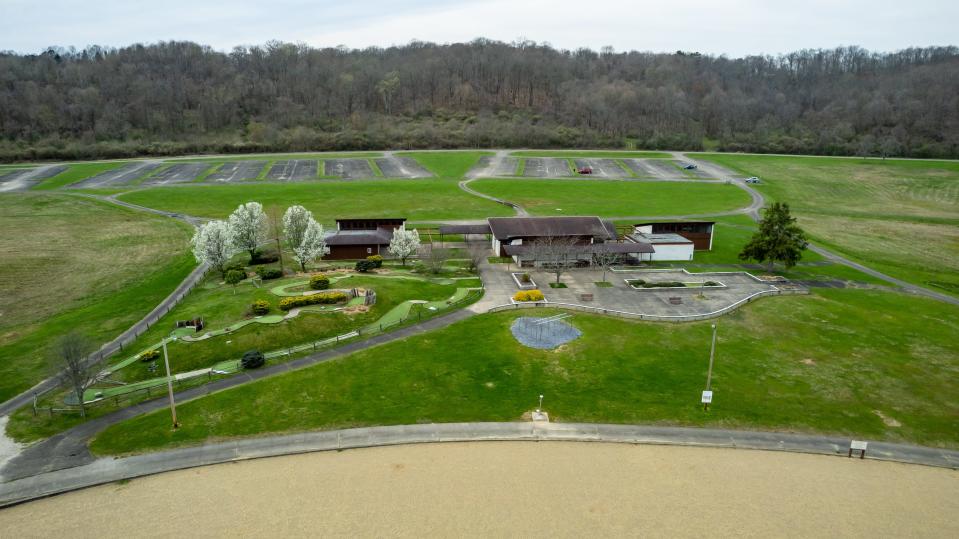
"The vitality of our public lands is essential to our own well-being. No one wants to experience visual blight or breathe in toxic air pollution when out on the trail," Johnson said. "Our parks are often our best refuge for health and relaxation."
The Ohio Department of Natural Resources said in a statement that it expects companies to wait until the commission finishes its work.
"We expect that the rules will be established soon, and we don't anticipate any drilling in the interim," according to ODNR. "Gov. DeWine has previously noted that there will be no drilling on the surface of state park lands during his administration."
Anna Staver is a reporter for the USA TODAY Network Ohio Bureau, which serves the Columbus Dispatch, Cincinnati Enquirer, Akron Beacon Journal and 18 other affiliated news organizations across Ohio.
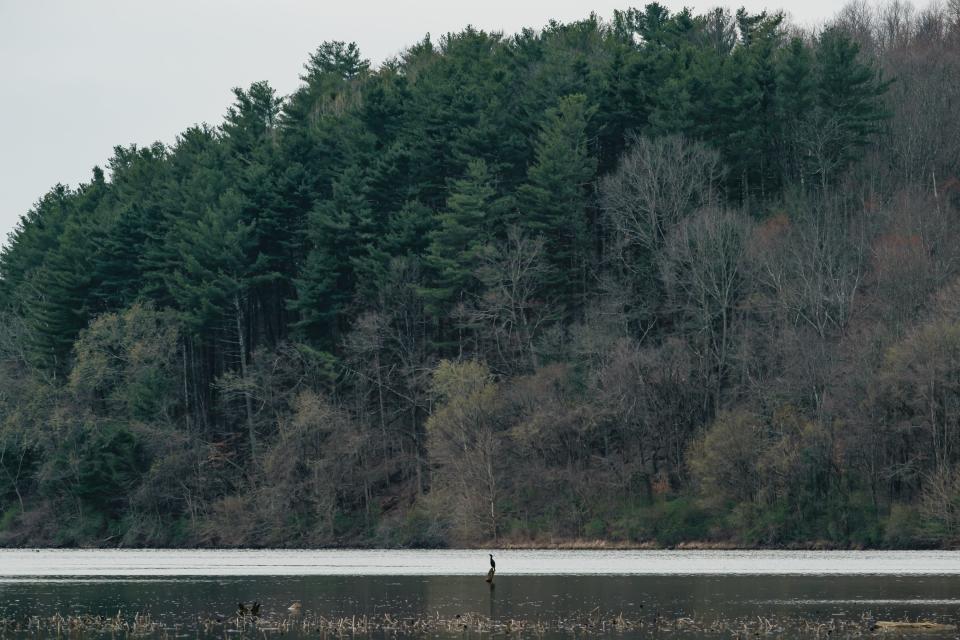
Get more political analysis by listening to the Ohio Politics Explained podcast
This article originally appeared on The Columbus Dispatch: Ohio environmental groups sue to block oil drilling under state parks

